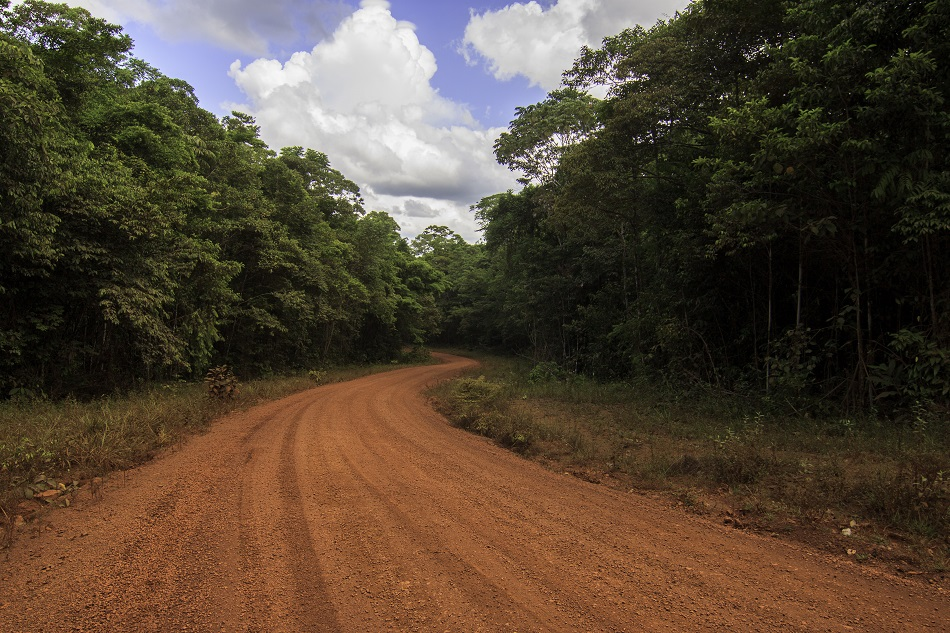
Image Credit: Teekevphotography/Shutterstock.com
Located in northern South America between Brazil and Suriname, French Guiana is a country that borders the north Atlantic Ocean. The country covers an area of about 83,534 km2 and its total population is 296,711 as of January 2019. The GDP of French Guiana is US$5.18 billion.
The country has vast reserves of gold, bauxite, timber, and cinnabar. Since 1946, French Guiana has been a French overseas department and is controlled by French and European law. The country’s economy is largely dependent on trade and subsidies from France and its mineral industry is also controlled by France.
Overview of Resources
The country’s principal mineral commodities are gold, sand, clays, cement, crushed stone, tantalum, niobium and petroleum. Gold is the country’s major export commodity and is widely mined.
The country’s mineral sector has shifted its focus to gold and petroleum exploration during recent years.
Metals
Gold exploration work has been extensively carried out at the Paul Isnard gold deposit in French Guiana. The deposit is reported to have gold reserves of 54.11 m tons and measured and indicated resources of 85.1m tons. The average annual production over the first 10 years is projected to be 237,000 ounces. The Camp Caiman gold development project is said to have 49.8 tons of measured and indicated gold reserves.
.gif)
The Map of French Guiana. Image Credit: CIA factbook
Fossil Fuels
Fossil fuel production has been an element in French Guiana’s mineral industry for many years. However, France’s decision to phase out fossil fuel production and use will no doubt affect the exploration and production of oil and natural gas in this overseas territory. Under draft laws in the French parliament, no new permits will be approved for oil and natural gas, and existing licenses will expire by 2040. Only one more well is expected to be constructed before the drilling ban comes into effect.
Investment
Illegal mining in French Guiana has become a serious issue. The country is estimated to have 400-500 illegal mining sites extracting nearly 10 tons of gold annually. As a result, France faces major losses in terms of fiscal incomes and non-renewable resources. The geographical conditions and vastness of the country play an important role in the illegal mining activity. In an attempt to curb these illegal activities, the Schéma Départemental d’Orientation Minière et d’Aménagement was set up by the government to map the regions where illegal mining activities take place.
The French government under Emmanuel Macron has recently been under pressure from environmentalists and indigenous activists to suspend plans for an 800-hectare “mega-mine” which it is feared would damage the local environment. The company Montagne-D’Or had planned to start mining operations in a remote area of the rainforest, citing benefits for the local economy.
The government of French Guiana is working on a new mining framework, which is expected to help the country in taking its gold exploration and investment activities forward. This framework is also likely to aid the country in encouraging sustainable and responsible mining activities in the future.
Disclaimer: The author of this article does not imply any investment recommendation and some content is speculative in nature. The Author is not affiliated in any way with any companies mentioned and all statistical information is publically available.
Sources and Further Reading
This article was updated on 27th February, 2020.
Disclaimer: The views expressed here are those of the author expressed in their private capacity and do not necessarily represent the views of AZoM.com Limited T/A AZoNetwork the owner and operator of this website. This disclaimer forms part of the Terms and conditions of use of this website.